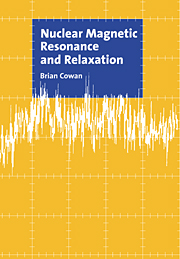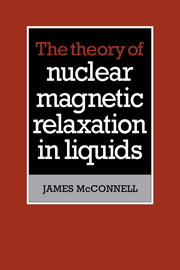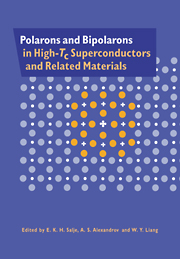Nuclear Magnetic Resonance and Relaxation
This book provides an introduction to the general principles of nuclear magnetic resonance and relaxation, concentrating on simple models and their application. It includes an introduction to the ideas and applications of nuclear magnetic resonance and emphasizes the concepts of relaxation and the time domain. Some relatively advanced topics are treated, but the approach is graduated and all points of potential difficulty are carefully explained. An introductory classical discussion of relaxation is followed by a quantum-mechanical treatment. A selection of case studies is considered in depth, providing applications of the ideas developed in the text. There are a number of appendixes, including one on random functions. This treatment of one of the most important experimental techniques in modern science will be of great value to final-year undergraduates, graduate students and researchers using nuclear magnetic resonance, particularly physicists, and especially those involved in the study of condensed matter physics.
- NMR is one of the most widely used techniques in physics and chemistry
Reviews & endorsements
"The author uses simple models to explain each topic and does a commendable job of clearly and completely covering the topics. Although written primarily for physicists, chemists who are dealing with the theory of NMR may also find this a useful resource." Choice
"This book is a good read....very suitable for its target audience, final year and graduate physicists, for whom it is recommended." Andrew Todd-Pokropek, The Times Higher Education Supplement
Product details
August 2005Paperback
9780521018111
460 pages
244 × 170 × 24 mm
0.728kg
101 b/w illus.
Available
Table of Contents
- 1. Introduction
- 2. Theoretical background
- 3. Detection methods
- 4. Classical view of relaxation
- 5. Quantum treatment of relaxation
- 6. Dipolar lineshapes in solids
- 7. Relaxation in liquids
- 8. Some case studies
- 9. The density operator and applications
- NMR imaging
- Appendix A. Fourier transformation
- Appendix B. Random functions
- Appendix C. Interaction picture
- Appendix D. Magnetic fields and canonical momentum
- Appendix E. Alternative classical treatment of relaxation
- Appendix F. Gm(t) for rotationally invariant systems
- Appendix G. P(omega, omega zero, t) for rotational diffusion.




